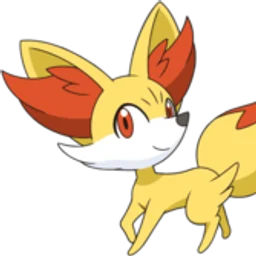So were they actually slaves or were they just dirt poor and working for the rich and might as well be slaves?
The Cuban workers were quite proletarianized already, which helped make the revolution so efficient – there was no cultural revolution in Cuba, no NEP. They got to work right away expanding industry and trade. There had been various strikes before Castro (Batista, Soccaras) and they were definitely proletarian in nature: train worker strikes, sugar plantation strikes, even bank clerks went on strike in 1955. Slavery as defined by Engels:
The slave is sold once and for all; the proletarian must sell himself daily and hourly.
The individual slave, property of one master, is assured an existence, however miserable it may be, because of the master’s interest. The individual proletarian, property as it were of the entire bourgeois class which buys his labor only when someone has need of it, has no secure existence. This existence is assured only to the class as a whole.
Did not exist under Batista or, if it did, it did not form enough of a class to have a meaningful effect. Most workers found employment in sugar plantations, and basically industry on the island was all a catalyst to improve the sugar trade.
However a middle class did not exist in Cuba. Parenti talks about an interaction he had with Cuban people living high up on the mountains, where they told him before the revolution, if someone fell ill and had to see a doctor, it took 20 men and 6 days to get them to a doctor. You couldn’t go through the capitalist’s lands, he’d kill you for it, so you had to take a detour. Now they have a full-time doctor in their village on the plateau, and a dentist comes once a week to give everyone a check-up.
There was no social mobility to speak of (not like there is any today in capitalist countries either lol), and basically that was as good as it was gonna get: working 12 hours in the sugar cane fields during the on-season, and finding employment elsewhere in the off-season if you could (house servants for Americans, prostitutes, casino workers were a huge part of the economy in Cuba pre-Castro). The Cuban working class in the early 1950s seemed much closer to the proletariat of the industrial revolution (the early proletariat) than anything else, actually.
Very interesting dissertation I found: https://sas-space.sas.ac.uk/653/1/cuba-workers.pdf.
I’d argue those aren’t that different at the end of the day




